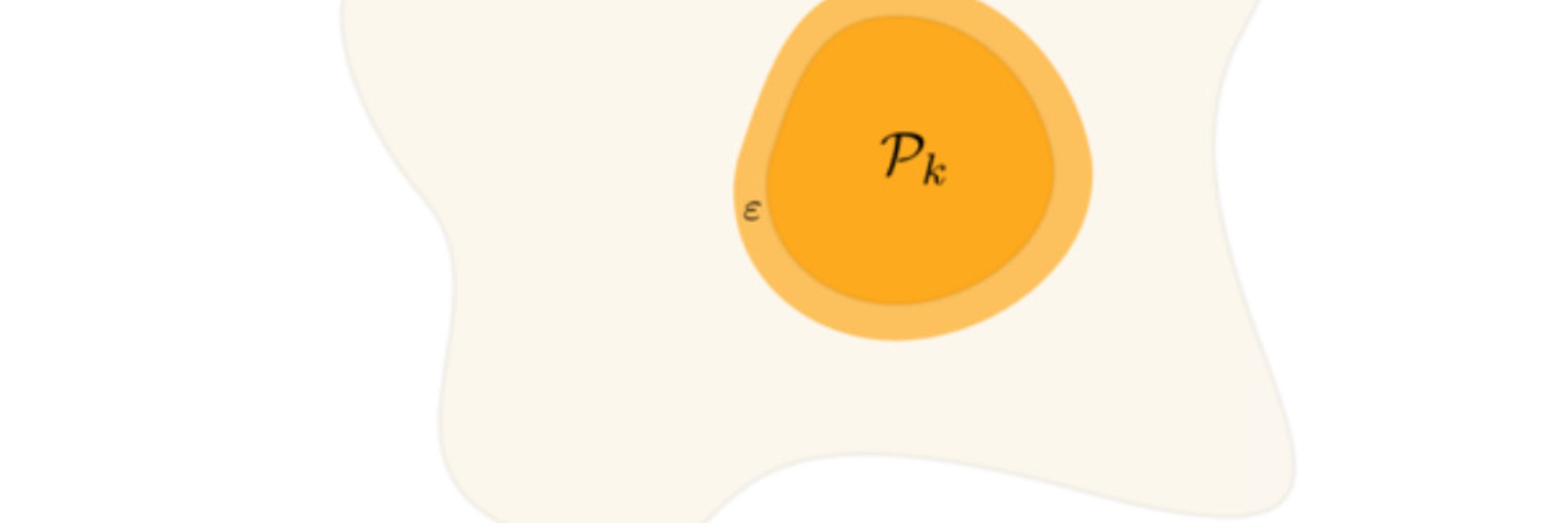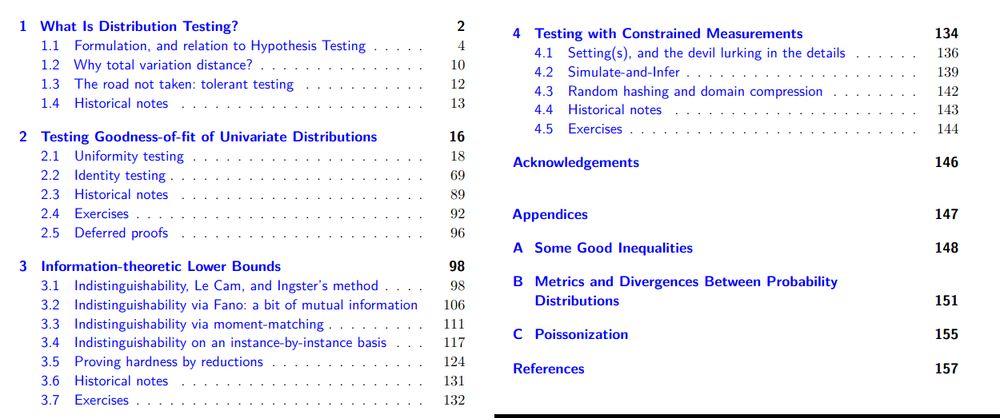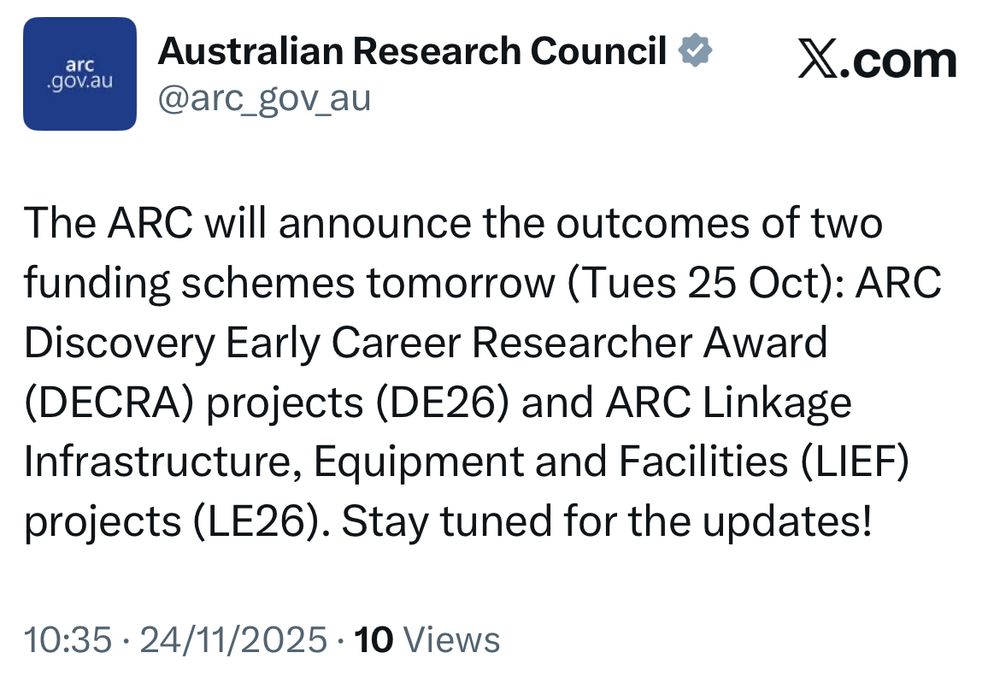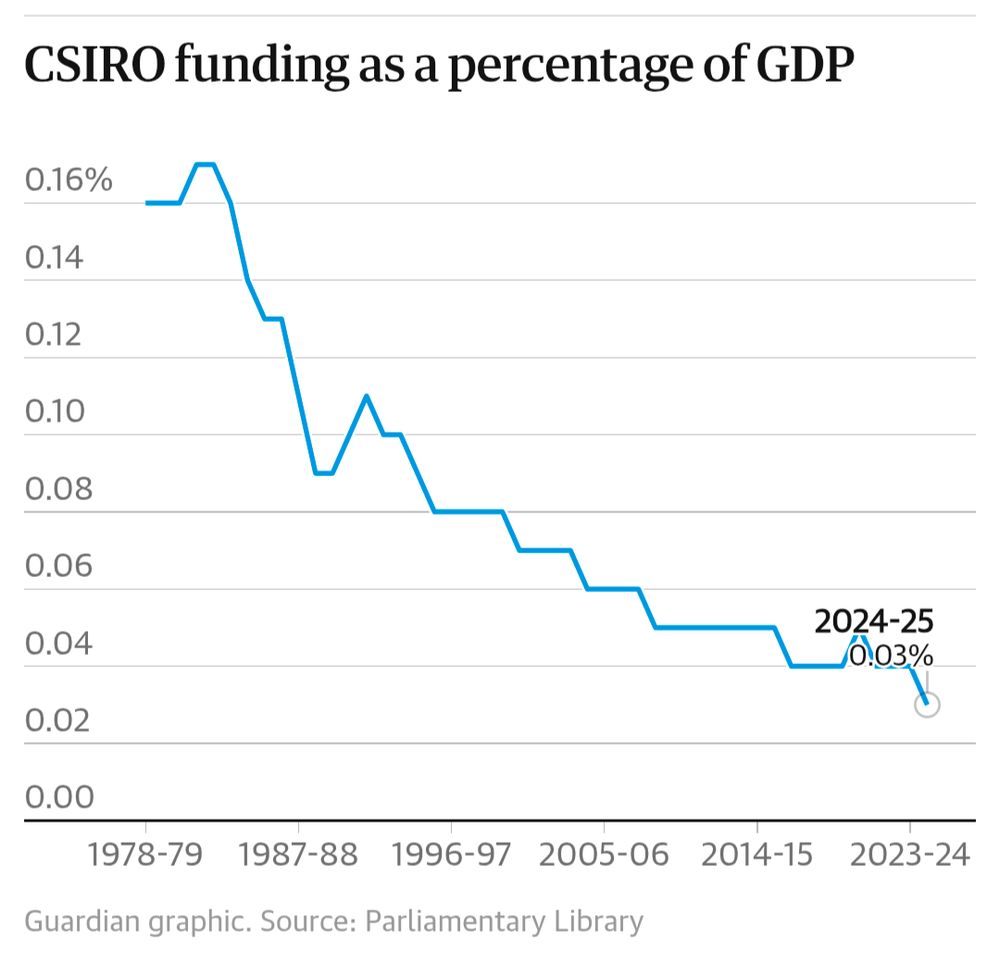

📖 ccanonne.github.io/survey-topic... [Latest draft+exercise solns, free]
📗 nowpublishers.com/article/Deta... [Official pub]
📝 github.com/ccanonne/sur... [LaTeX source]
*Medium
**Small

*Medium
**Small
See you in a fortnight!

See you in a fortnight!

One of the key perks we have in academia is the freedom to set our own agenda.* If someone else can—and WILL—do it, why would you?
One of the key perks we have in academia is the freedom to set our own agenda.* If someone else can—and WILL—do it, why would you?
usyd.wd105.myworkdayjobs.com/en-GB/USYD_E...
usyd.wd105.myworkdayjobs.com/en-GB/USYD_E...
📍Eastern Avenue Auditorium (F19)
Camperdown NSW 2006
maps.app.goo.gl/M3zMEGwWRC5o...
📋 Register (by Dec 5): signup.e2ma.net/signup/20429...

📍Eastern Avenue Auditorium (F19)
Camperdown NSW 2006
maps.app.goo.gl/M3zMEGwWRC5o...
📋 Register (by Dec 5): signup.e2ma.net/signup/20429...
View online: simons.berkeley.edu/media/28058/...

View online: simons.berkeley.edu/media/28058/...
RSVP to receive the link (one day before the talk): forms.gle/utLgSxLpqvpx...

RSVP to receive the link (one day before the talk): forms.gle/utLgSxLpqvpx...
We look forward to the amazing research this will enable them to conduct at #USyd! rms.arc.gov.au/RMS/Report/D...
We look forward to the amazing research this will enable them to conduct at #USyd! rms.arc.gov.au/RMS/Report/D...
If you take any f : {-1,+1}ⁿ → ℝ⁺ and apply the noise operator T_{.99}, the resulting function g = T_{.99} f satisfies a better-than-Markov inequality. That is, Pr[g > t E[g]] < o(1/t).
If you take any f : {-1,+1}ⁿ → ℝ⁺ and apply the noise operator T_{.99}, the resulting function g = T_{.99} f satisfies a better-than-Markov inequality. That is, Pr[g > t E[g]] < o(1/t).
In recent times these announcements have been around 11am Canberra time. With 2 schemes on the same day, I assume they’ll announce one of them later in the day (probably DECRA first).

In recent times these announcements have been around 11am Canberra time. With 2 schemes on the same day, I assume they’ll announce one of them later in the day (probably DECRA first).
[....]
Academic: Our project, if funded by the government, will considerably improve the efficiency of the existing Torment Nexus,
[....]
Academic: Our project, if funded by the government, will considerably improve the efficiency of the existing Torment Nexus,
🗓️ Mon 1: Bob Tarjan
🗓️ Tue 2: Moti Yung
🗓️ Wed 10: Shafi Goldwasser
Details and how to attend below! ↴
🗓️ Mon 1: Bob Tarjan
🗓️ Tue 2: Moti Yung
🗓️ Wed 10: Shafi Goldwasser
Details and how to attend below! ↴
- Oh, little bits.
- Oh, little bits.

📋 actionnetwork.org/petitions/cs...
📋 www.davidpocock.com.au/save_our_csiro

📋 actionnetwork.org/petitions/cs...
📋 www.davidpocock.com.au/save_our_csiro
We were absurd before it was cool.
en.wikipedia.org/wiki/Interne... #TCSSky
We were absurd before it was cool.
en.wikipedia.org/wiki/Interne... #TCSSky
Saturday's good!

Saturday's good!
www.theguardian.com/australia-ne..., article by @sbasfordcanales.bsky.social and @donnadlu.bsky.social

www.theguardian.com/australia-ne..., article by @sbasfordcanales.bsky.social and @donnadlu.bsky.social
Come work with the best, as @gautamkamath.com says!
Courant CS: apply.interfolio.com/175537
CDS: apply.interfolio.com/174686
Come work with the best, as @gautamkamath.com says!
Courant CS: apply.interfolio.com/175537
CDS: apply.interfolio.com/174686
It is "fun."

It is "fun."

